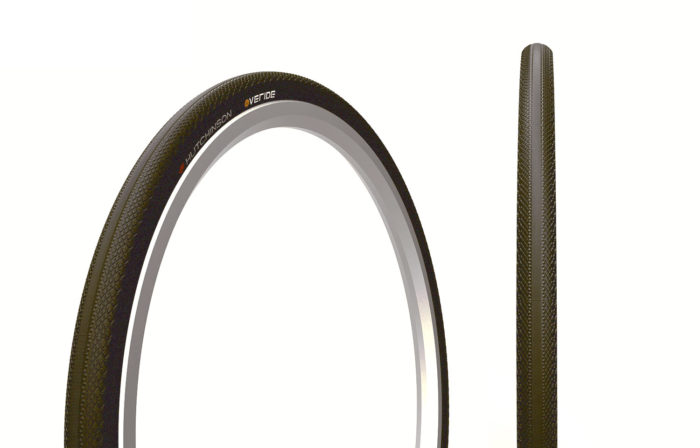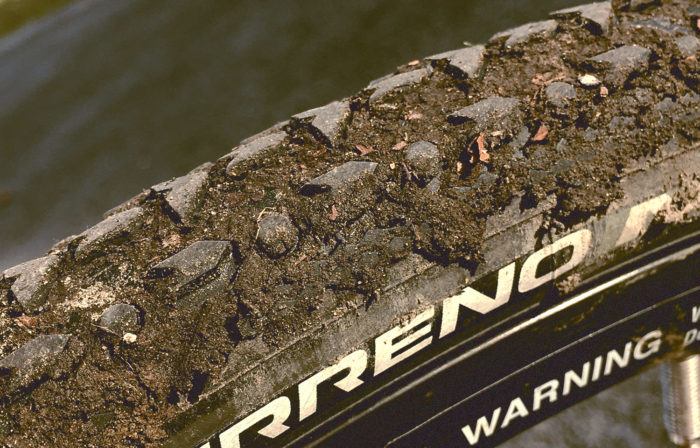As you ride in Gravel, you’ll move from one type of soil to another. Thus, the inflation tire pressure is important to be comfortable on the different terrains. Here are some rules to find your way around…
So as to grip, there must be a tyre deformation. Therefore, it must be as “hard” or as “soft” as the soil on which it operates. As far as the tyre is too “hard” against the ground, it will slide. All the more if there is humidity. With cleats, this is a little less true. Indeed, the rubber components have their own elasticity and will compensate: the contact surface is then reduced. But now, if there are cleats in the tire central area, we will consume way much more energy when we will be on the road!
The right profile first
Consequently, it is necessary to adapt the type of tires to the playing field, but also to adapt its pressure. No matter how well inflated it is, if the profile of the cap does not suit, it will always be difficult to move “comfortably”. For hard soils, there will usually be a central cap with large diamond tips, even slick, and also on the edges of the cleats to stabilize the bike on a curved track. The section may be around 35/38 mm.
On soft terrain, such as mud or sand, we will pass on larger sections 40/50 mm. Above all, opt for a a cleating sufficiently spaced to avoid jamming in case of mud. On the other hand, you can choose tires with many cleats for sand terrains. And if we’re looking for something, we’re looking for a tire to do everything! A section of about 40 mm, a central cap with sharp diamond and aggressive cleats on the flanks. Here, we’ll have to play with the pressure.

Inflated properly
When you’re over-inflated, you slip. When you are less-inflated, you consume more but you are also exposed to flat tires by pinching shocks. If the ride is really challenging, we can use the following pressures with air chamber:
- For the road and hard floors: 4-5 bar
- For mud and sand: 2.5 bar
In tubeless, we can lower the pressures by 0.5 bar. Now if you constantly alternate the terrains, with a versatile tire, you will have to find a compromise. Try 3-3.5 bar depending on the weight of the cyclist. But if you stay on one type of soil for a long time, then move on to the other in a long way too, the best thing is to change the pressure of your tires with a mini-pump. In case you don’t have a gauge, you can check by pressing with your thumb. If you sink very slightly with a good elastic response, you will be perfect for hard soils. If we sink deeper but still feel a good elasticity, we will be good for soft floors. And if you sink into the tire without feeling any resistance, you’ll be good to inflate!

This tire will be suitable for very hard soils or bitumen. Credit Hutchinson 
Such a profile is intended for mixed terrain, between 3 and 3.5 bar.
It’s time to get in the saddle, and why not discover some great Gravel spots in Europe? So as to be prepared for the post-quarantine 🙂

